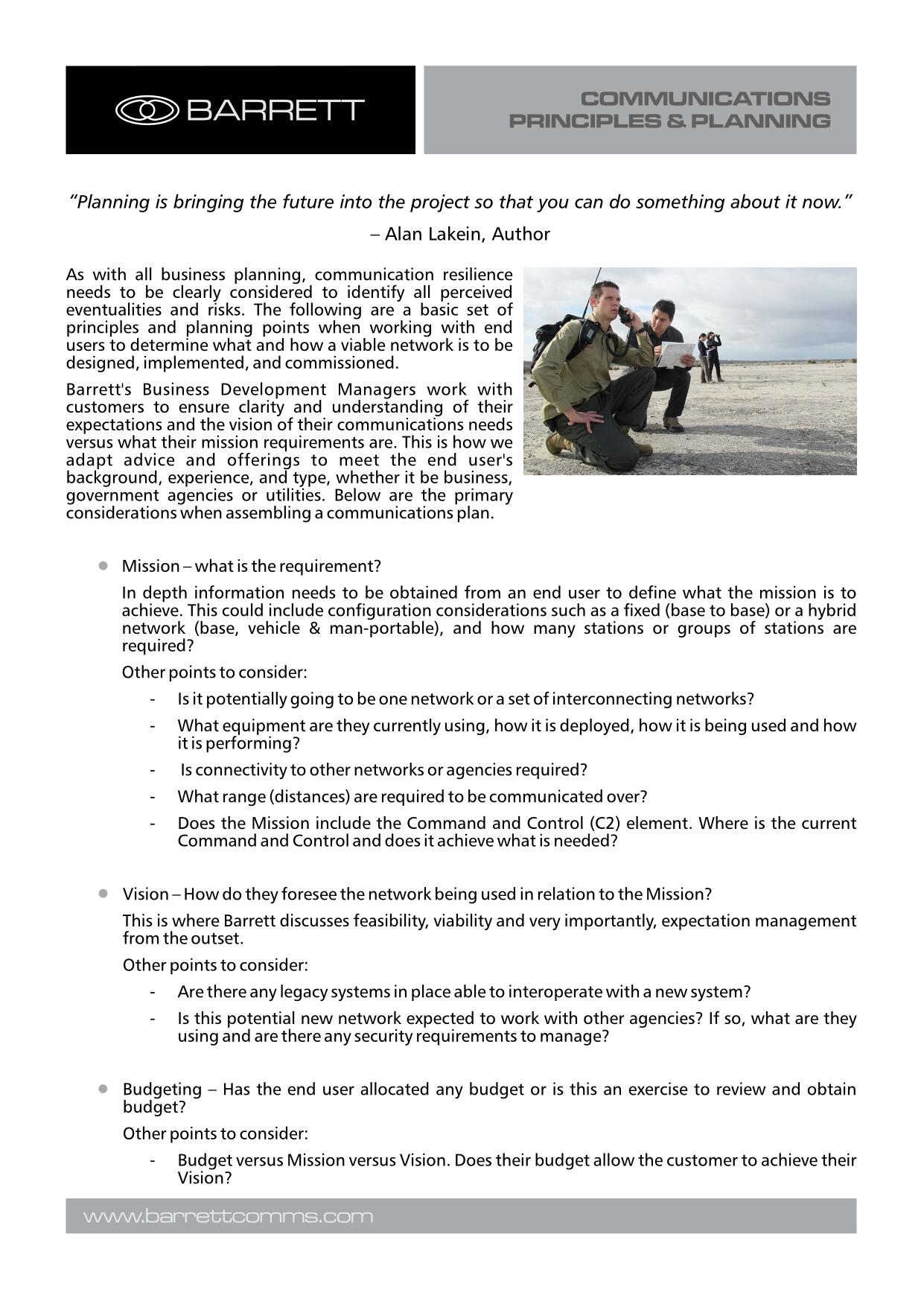Indra has announced that it is developing a satellite communication (SATCOM) system for long-range defence drones.
According to the company, the technology will enable the operator to pilot the remote aircraft from a base thousands of kilometres away.
It will also facilitate real-time data exchanges to support missions offering bandwidths of up to 20 megabits per second.
This capability will be critical for future drones and will enable them to maintain connectivity with command centres, as well as with multiple land, naval and air platforms.
Additionally, the terminal will operate on both civilian and military communications bands (Ku and Ka bands). It will also use waveforms to prevent signal jamming.
In a statement, Indra said: “Indra’s system will be one of the few that will be designed from the outset to obtain DAL-D (Design Assurance Level-D) security certification, which is essential in order to remotely control large military drones safely.
“The new terminal will be perfectly suited to medium or large platforms such as the future EuroDrone currently being developed by Germany, Spain, France and Italy.”
The company expects that the features will make the new system one of the most advanced in the market.
Headquartered in Spain, Indra is an information technology company catering to the transport and defence markets.
Last year, the company generated revenues of €3.39bn ($3.73bn).
Recently, Indra’s Lanza 3D deployable air defence radar (DADR) successfully cleared Nato’s tactical ballistic missile detection and tracking tests.
The Lanza 3D sensor is capable of detecting and tracking tactical ballistic missiles.
As of last year, Indra has a presence in 46 countries and business operations in more than 140 countries.



